
Want to know how much website downtime costs, and the impact it can have on your business?
Find out everything you need to know in our new uptime monitoring whitepaper 2021







In this blog post I want to go over some of the software I use alongside my IDE/version control tools during my day-to-day work. These tools allow me to cut down on wasted time spent doing things inefficiently, track my work, take notes, and generally make my life easier.
I’ve also reached out to Damien, a local developer friend who has provided me examples of the tools they use as a front end developer.
In my opinion, Notepad++ is literally the best text editor you can use. I use it for almost everything that involves text outside of my IDE and I could dedicate multiple blog posts to cover all its features. But for now, here are my top 3:
Automate repetitive tasks with custom macros. Say you’ve got the boring task of opening a bunch of different documents. Once open you need to run a find and replace on the date values and convert them from using forward slashes ‘/’ to using hyphens ‘-‘’ (or something equally as tedious) and then re-saving the files as a different format. Notepad++ allows you to just record all the steps you take on the first file then run your recorded macro on the rest!
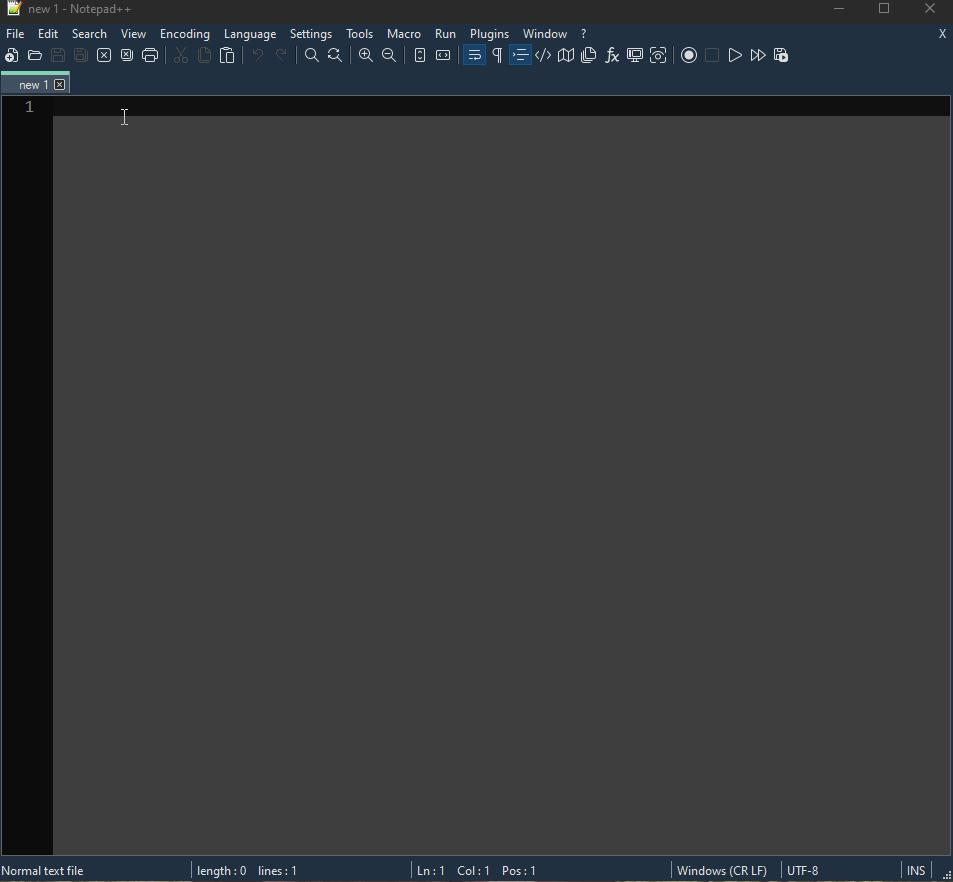
Powerful find & replace functionality. Notepad++ allow`3s you to apply your searches to not only the current file you are working on, but all open file or even all files in a directory, and their sub-directories!
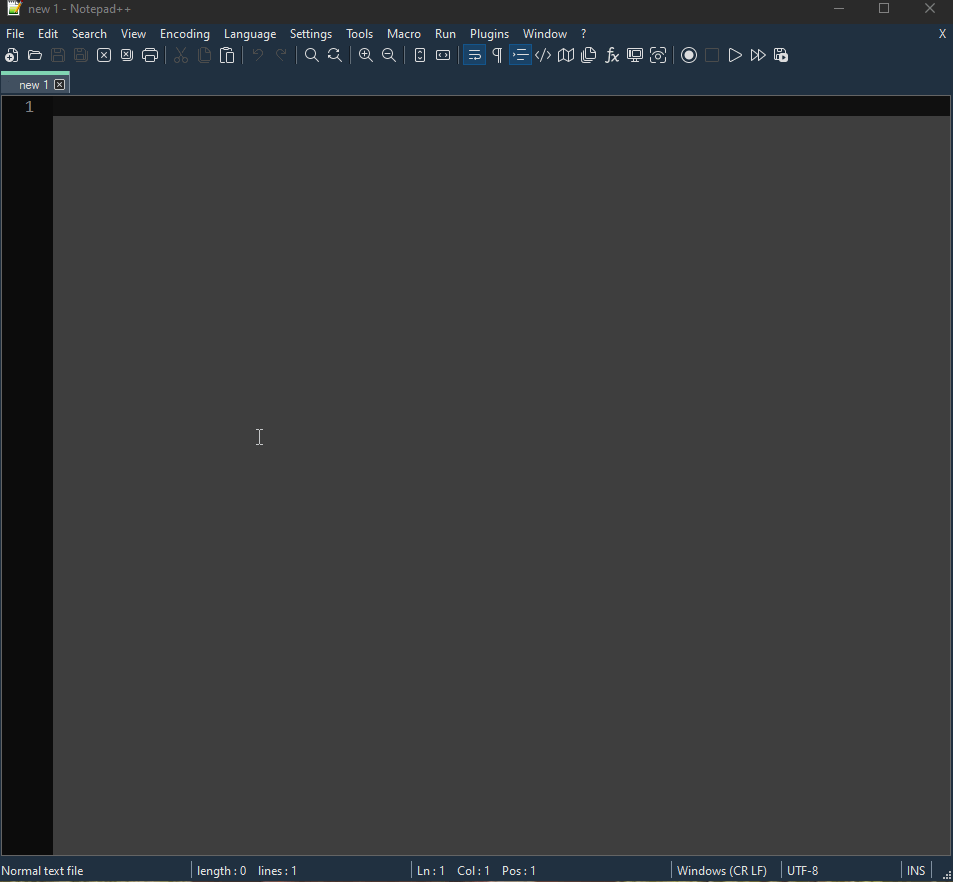
It supports Regex search (and replace). If you’ve read some of my other blog posts, you’ll know I’m a big fan of regex. Regex searches even work with the sub-directory file searches, very powerful!
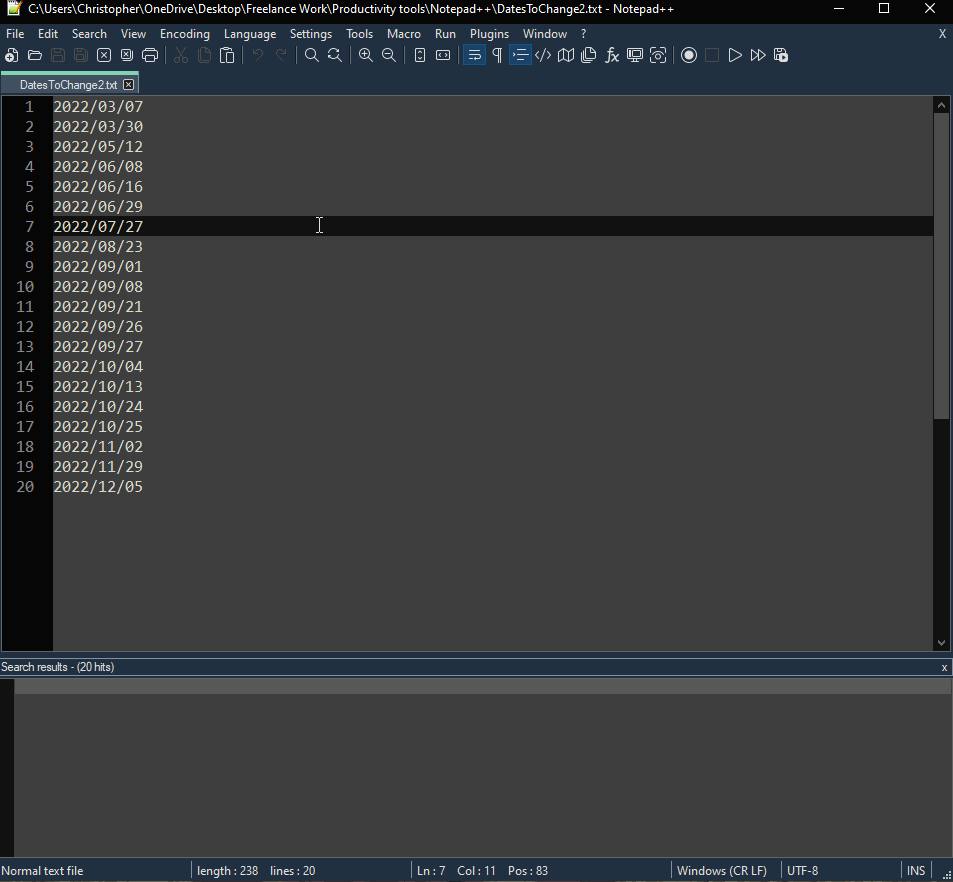
I could go on and on about Notepad ++ all day, I’ve barely scratched the surface. Not bad for a free tool right?
One of my most tedious workflows involves copying newly complied. dll’s to a remote server, then needing to restart a few services and recycle some app pools to register the changes on the remote machine. To do this manually it can take 5-10 minutes and I often have to do this many times a day. I quickly grew tired of this and instead created a little PowerShell script that takes care of the file transfers and service restarts for me.
PowerShell is a powerful tool for many reasons, but I find the ease in which you can automate away a lot of time sucks a true blessing.
cmder is mainly on this list because I love the way you can configure it to slide down from the top of the screen quake-style, I’m not even sorry. I love having it bound to a hotkey ( ` for maximum nostalgia of course )
It’s got a lovely default theme but includes many others. If you choose to install the git-for-windows version, you will have all Unix commands ready in PATH so that you can git init or cat instantly on every machine.
I must admit I mainly use it to look up things that would require me to use more mouse clicks than I would want to…
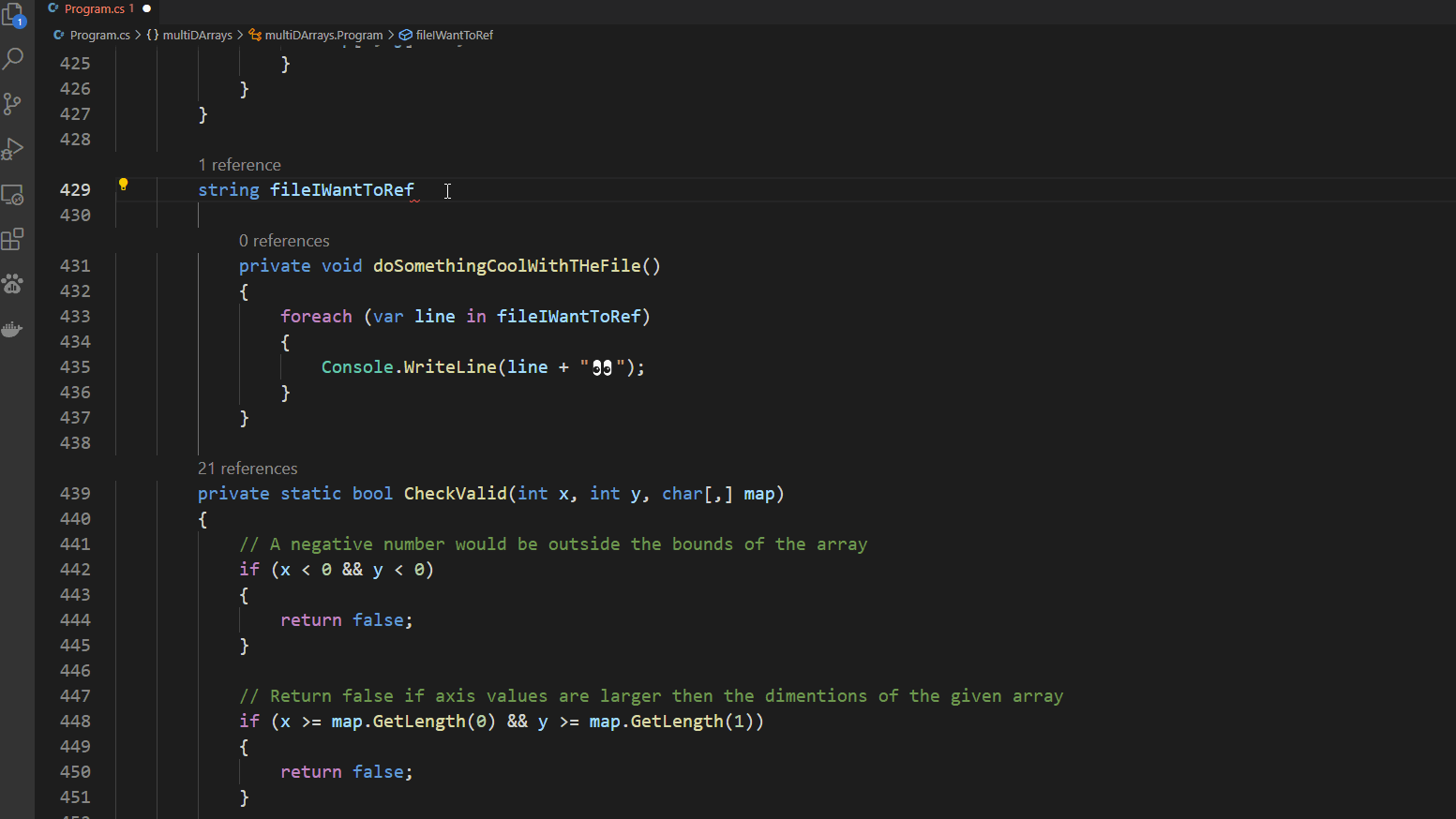
You can also do cool stuff like opening multiple different tabs of cmd windows, or even split them across the screen, all without your fingers leaving the keyboard.
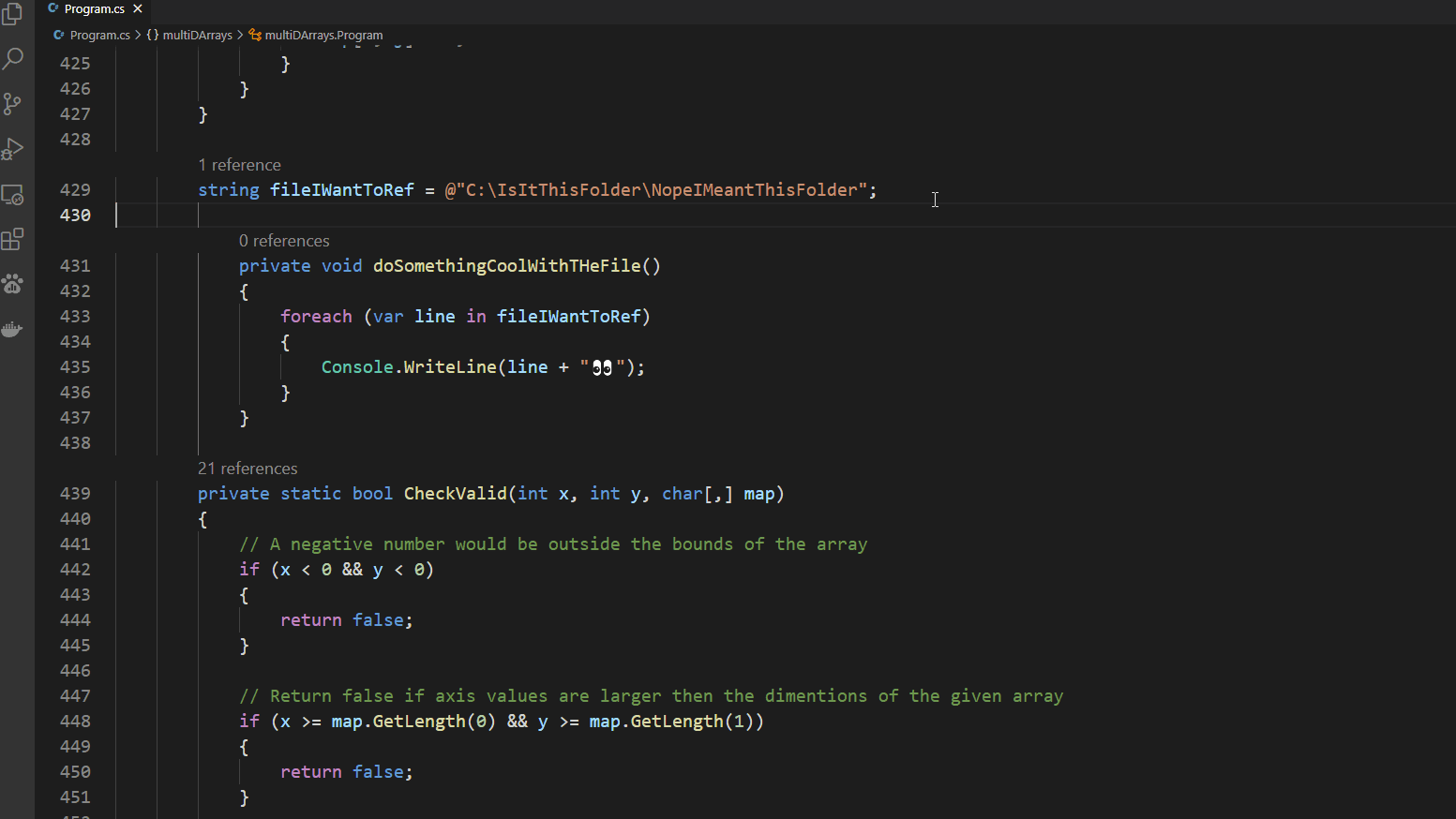
Apart from that, it’s totally customisable and portable. If you can’t find the option you want to configure in the settings menu, you can fork & modify it to get under the hood and add features to your hearts content, and take it with you wherever you go.
Tools built specifically for building and testing API’s.
Insomnia is a tool designed to make designing APIs slick, streamlined and collaborative.
Whereas httpie is designed to let you call and test APIs directly from the terminal and is aesthetically pleasing to boot.
Damien’s picks for a fancy terminals (I’m going to assume he’s not heard of cmder…). These picks give you VSCode style auto complete, customisability, performance boosts and more. Or in Damien’s own words “Terminal super powers”.

Both tools enable you to produce quick mock-ups and application flow mapping directly in the browser by yourself, or collaboratively.
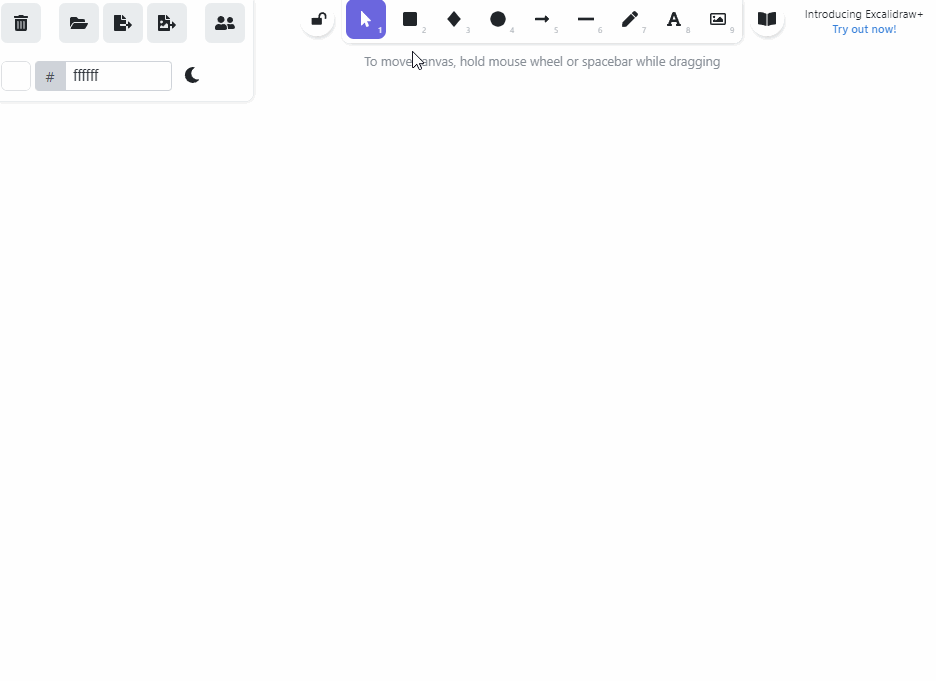
A Postgres DB that gives you GraphQL across all your data. Has a slick UI and makes implementing relationships super easy.
Deno is a simple, modern, and secure runtime for JavaScript and TypeScript that uses V8 and is built in Rust. Built to address the numerous shortcomings of NodeJS, but it’s on Damien’s list because “it has the best logo”.
I see what you mean.
You can find Damien at @damiensedgwick on Twitter if you want him to elaborate further.
There are a lot of tedious tasks and context switching in software development that can take your focus away from the task at hand. These can be mitigated or removed completely with the right tools. I’m sure you have your own keychain of useful software; I encourage you to speak to your dev friends about theirs!
I’m now off to read up about Insomnia and httpie, they look perfect for my next project, cheers Damien!
Share this

3 min read IPFS is a game-changer for decentralised storage and the future of the web, but it still requires active monitoring to ensure everything runs smoothly.

3 min read For any web developer, DevTools provides an irreplaceable aid to debugging code in all common browsers. Both Safari and Firefox offer great solutions in terms of developer tools, however in this post I will be talking about the highlights of the most recent features in my personal favourite browser for coding, Chrome DevTools. For something

6 min read There has certainly been a trend recently of using animations to elevate user interfaces and improve user experiences, and the more subtle versions of these are known as micro animations. Micro animations are an understated way of adding a little bit of fun to everyday user interactions such as hovering over a link, or clicking

2 min read Read about the latest websites that have experienced downtime including Netflix, Twitter, Facebook and more inside!

2 min read Read about how Google suffered an outage due to the soaring temperatures in the UK in July and how they rectified it right here!

3 min read See the results of our website downtime survey to see some of the most shocking and surprising stats! You won’t be disappointed.
Find out everything you need to know in our new uptime monitoring whitepaper 2021